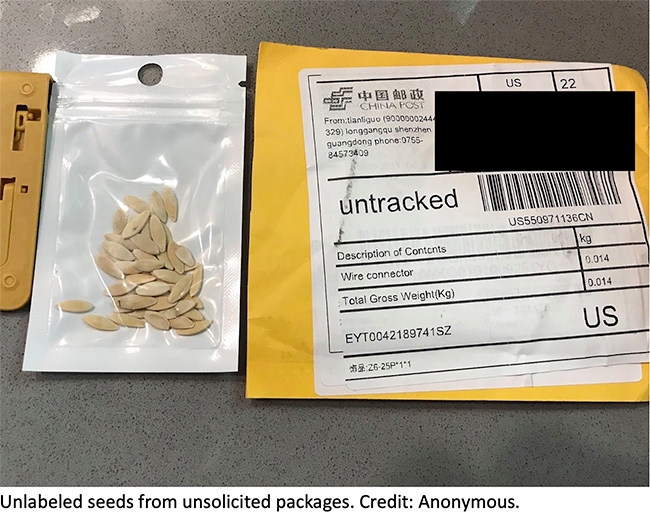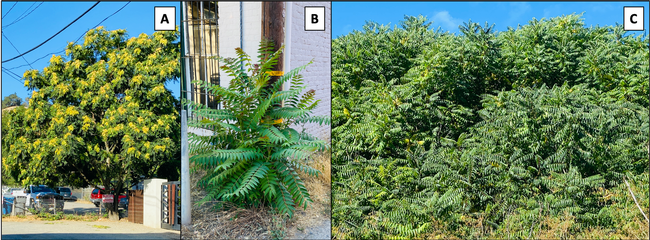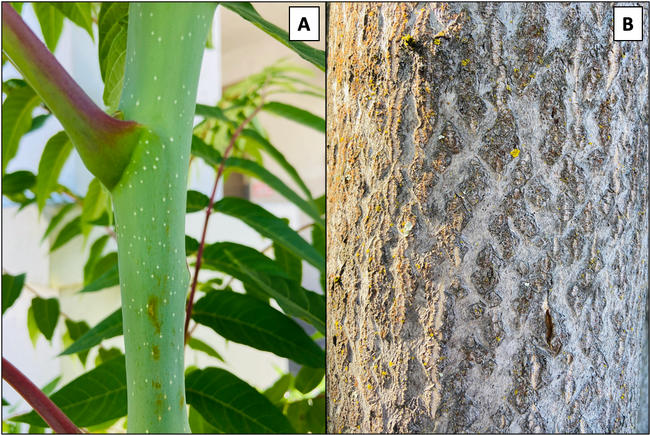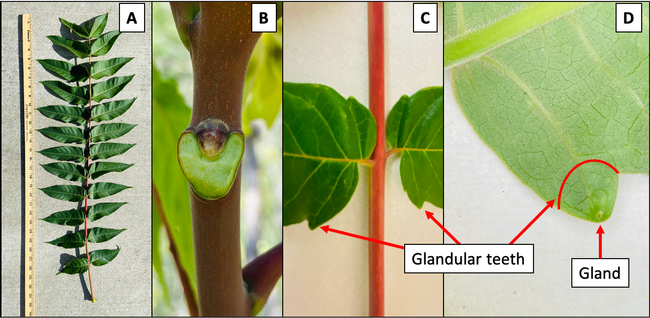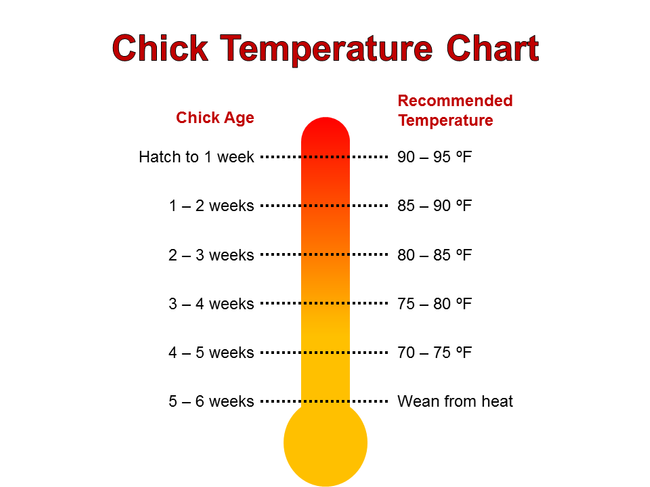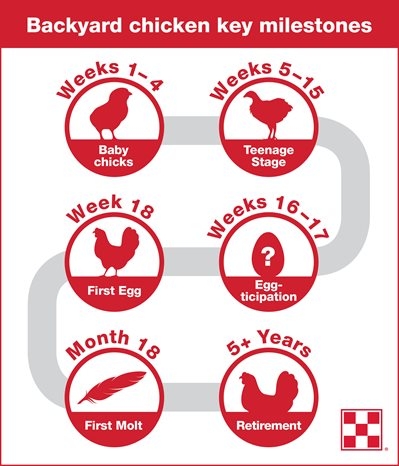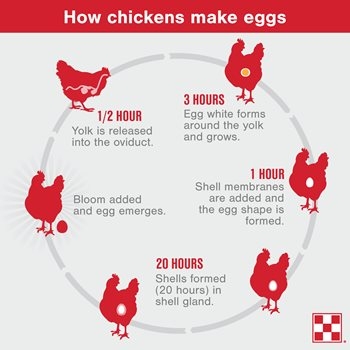- Author: Mimi M Enright
The UC Master Gardener Program of Sonoma County (MGSC) Garden Sense program via its sponsoring organization, Sonoma Water, was named the recipient of the Smart Water Application Technologies (SWAT) Outstanding Public Engagement Award on October 29, 2020.This award recognizes a water provider with a successful program focused on public engagement and education on smart, efficient irrigation technologies and practices. 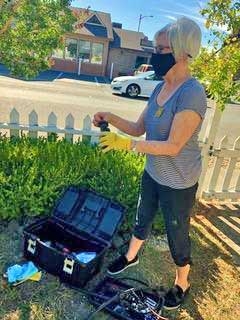
The Garden Sense program, initiated in September 2013, is available free of cost to any Sonoma County resident. MGSC presently has 46 trained volunteer Garden Sense consultants who meet with residents in their gardens to evaluate their existing landscaping and irrigation practices, and advise them on how to increase their irrigation efficiency, reduce or remove their lawns, and create climate-appropriate gardens based on their functional needs. Over 900 client consultations have been conducted since the program inception.
Clients who have received a Garden Sense visit are surveyed and asked to rate how helpful the program has been in helping them complete their lawn removal project and/or change their home irrigation practices. The majority of respondents indicated that the visit was either ‘Very helpful' or that they ‘Could not have done it without them'. Conservative estimates of water savings as a result of Garden Sense consultations are equivalent to 26 million gallons of water over the life of the program! One of our clients who was new to the Sonoma County area stated:
“We couldn't have done it without them . . . their advice and expertise was essential to our successfully creating a low water-use landscape. Thank you so much!”
Visit Garden Sense for more information
about the program, or to request a visit.
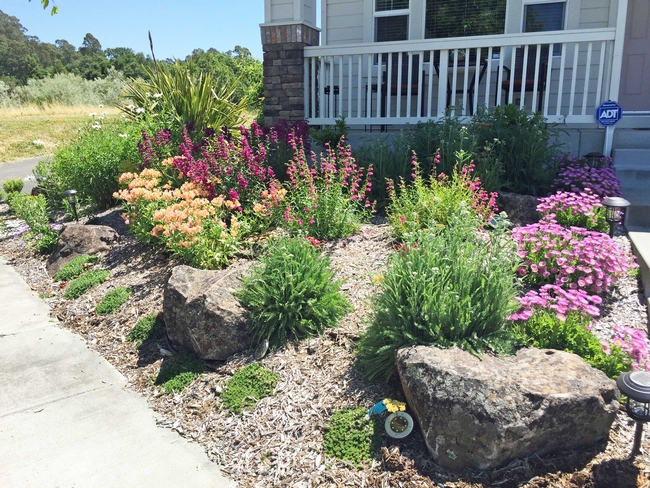

- Author: Cindy Kron
Invasive tree-of-heaven is a preferred host for two invasive insect pests that cause economic damage in California agricultural crops
It is not uncommon for commercial agriculture to share a common boundary with riparian, forested or urban areas in California. Some pest species thrive in these border areas and serve as a source of insect pest pressure on neighboring commercial crops. Invasive species that find preferred hosts in these border areas can be especially problematic in that their new environment lacks the predators from their native habitat that would normally suppress and keep their population manageable. This uncontrolled population growth can result in significant economic damage to nearby commercial crops.
The tree-of-heaven (TOH), Ailanthus altissima, is an invasive tree that has been documented in 45 states including California. This deciduous tree can be found in agricultural, urban, riparian and disturbed forested areas (Fig. 1A, 1B). This tree serves as a preferred host of two invasive species: the brown marmorated stink bug (BMSB), Halyomorpha halys, and the spotted lanternfly (SLF), Lycorma delicatula.
In California, BMSB is established in 16 counties and detected in 23 additional counties. The brown marmorated stink bug has over 170 host species (fruit, nuts, vegetables, and ornamentals) including the following agricultural crops: grape, pear, apple, stone fruit, citrus, blueberry, raspberry, blackberry, fig, almond, hazelnut, sunflower, sweet corn, soybean, okra, bell pepper, green bean, tomato, and eggplant. To date, in California, BMSB has been observed causing damage in commercially grown almond, apple, peach, and pear orchards.
The SLF has been recorded in 6 East Coast states but has not yet been documented in California. This insect lays eggs on plant and nonplant items such as stones, pallets, outdoor furniture, railway cars, firewood, and vehicles, which contributes to their wide dispersal ability and their likelihood of unintentional introduction into California. The SLF has at least 40 host species (fruit, nuts, ornamentals, and woody trees) found in North America including the following agricultural crops: grape, stone fruits, apple, blueberry, fig, hops, walnut, and almond.
BMSB and SLF share some similarities. Both are native to China, introduced into the U.S. via Pennsylvania, cause economic damage in a range of commercial crops found in California, and aggregate in large numbers. The tree-of-heaven is a preferred host.
In addition to supporting the growth of economically damaging insect pests, the tree-of-heaven has its own impacts on the ecology of areas where they establish. The tree-of-heaven competes with native plants and trees by releasing allelopathic chemicals that prevent the establishment and inhibit the growth of native trees nearby (Fig. 1C). The tree has a rapid growth rate of 3 to 6 feet a year and is able to start bearing seeds within 2 to 3 years. Female trees can produce more than 300,000 seeds (Fig. 2A) that are easily dispersed by the wind allowing for new trees to establish some distance from the parent tree. Established trees can also spread by sending up root suckers up to 50 feet from the parent tree. In addition, small root fragments can also generate new shoots. An injured or cut tree-of-heaven responds by producing numerous root sprouts that allows the tree to spread prolifically and complicates efforts to remove the invasive tree. The tree-of-heaven is a high pollen producer aggravating those with allergies. Direct contact can cause skin irritation and, in rare cases, inflammation of the heart muscle has been documented from exposure to sap through broken skin. These features of tree-of-heaven fuels its ability to invade new environments and makes it very difficult to remove after it has become established.
Being that the tree-of-heaven is invasive and also supports two invasive insect pests that are known to cause economic damage in a range of commercial agriculture crops grown in California, it is important for the agriculture industry to become familiar with how to identify the tree-of-heaven. This knowledge can be used to increase the awareness of the proximity of these trees to host crops that you work with, manage or own. Calculated management decisions can then be made from this information.
The tree-of-heaven is similar in appearance and can easily be confused with a handful of native tree species: black walnut (Juglans nigra), winged/shining sumac (Rhus copallina), ash (Fraxinus spp.), staghorn sumac (Rhus typhina) and butternut walnut (Juglans cinerea). Young tree-of-heaven have greenish smooth bark (Fig. 3A) that turns a greyish-brown in older trees resembling the skin of a cantaloupe (Fig. 3B). Leaves have a central stem with 10 to 40 leaflets attached on each side by a short petiole (Fig. 4A). A V-shaped or heart-shaped scar is noticeable when a leaf is broken off of the main stem (Fig. 4B). The margins of the leaflets are smooth with one to two bumps called glandular teeth that protrude at the base of each leaflet near the petiole (Fig. 4C). A corresponding gland is located on the underside of the leaflet where the glandular teeth are located (Fig. 4D). A strong odor described as cat urine, rancid cashews or burnt peanut butter is given off when the leaves or stems are crushed. Twigs break easily exposing a brown spongy pith. Tree-of-heaven are dioecious with separate male and female trees. Female trees produce red, yellow and green “samaras” that each contain one seed covered by a winged and papery tissue used in wind dispersal (Fig. 2B).
Agricultural land and nearby areas should be inspected for existing tree-of-heaven stands. There are different strategies that can be followed upon identifying this tree in or near farmed land. The first strategy is to use the tree-of-heaven as a sentinel tree that is visually inspected periodically for the presence of BMSB and SLF life stages during the growing season. This would be an easy and ideal option if either invasive pest is not reported in your county or nearby counties. Early detection can help prevent establishment in your county and the economic damage that these invasive species cause in commercial crops. Any sightings or insect samples should be submitted to your local county agricultural commissioner's office.
A second strategy could be used if detections of either invasive species have occurred in your county or local area. Traps for BMSB monitoring can be deployed using a double-sided sticky panel with a dual lure and placed near the tree-of-heaven. If SLF were to arrive in California, brown sticky bands wrapped around the trunks of tree-of-heaven can capture the immature stages as they engage in their typical behavior of walking up the tree. Trap finds can alert growers of an invasive species presence in an agricultural field and treatment decisions can then be made.
A third strategy would be to remove tree-of-heaven, but this comes with a warning: mowing or cutting, by themselves, are ineffective and can cause the tree to spread prolifically. Care needs to be taken when deciding to remove tree-of-heaven since a cut tree responds by sending up numerous root sprouts up to 50 feet from the parent tree. Timing of treatment and commitment to follow up with subsequent treatments the following year are crucial for success. If tree removal is the decision made, the root system should be targeted with a systemic herbicide 30 days before cutting the trees and the application needs to be made between July and mid-October when carbohydrates are being allocated to the root system. If an herbicide is applied outside of this range, the application would likely be ineffective due to targeting the above ground growth and not the root system. Gloves, long-sleeved shirts and pants should be worn during tree removal to prevent the contact of tree parts and sap with the skin. Follow-up monitoring is needed to determine the need and timing of additional treatment applications.
- Author: Karen Giovannini
Agriculture in Sonoma County is a core industry and there is concern that small agricultural operations in particular will have a difficult time adjusting to and recovering from the Shelter In Place and this could jeopardize access to local agricultural products. The urgency ordinance provides measures that allow farmers to augment income, expand supply chain and marketing opportunities, teach residents and visitors about agriculture, and offer the public another option to enjoying the outdoors in a safe manner.
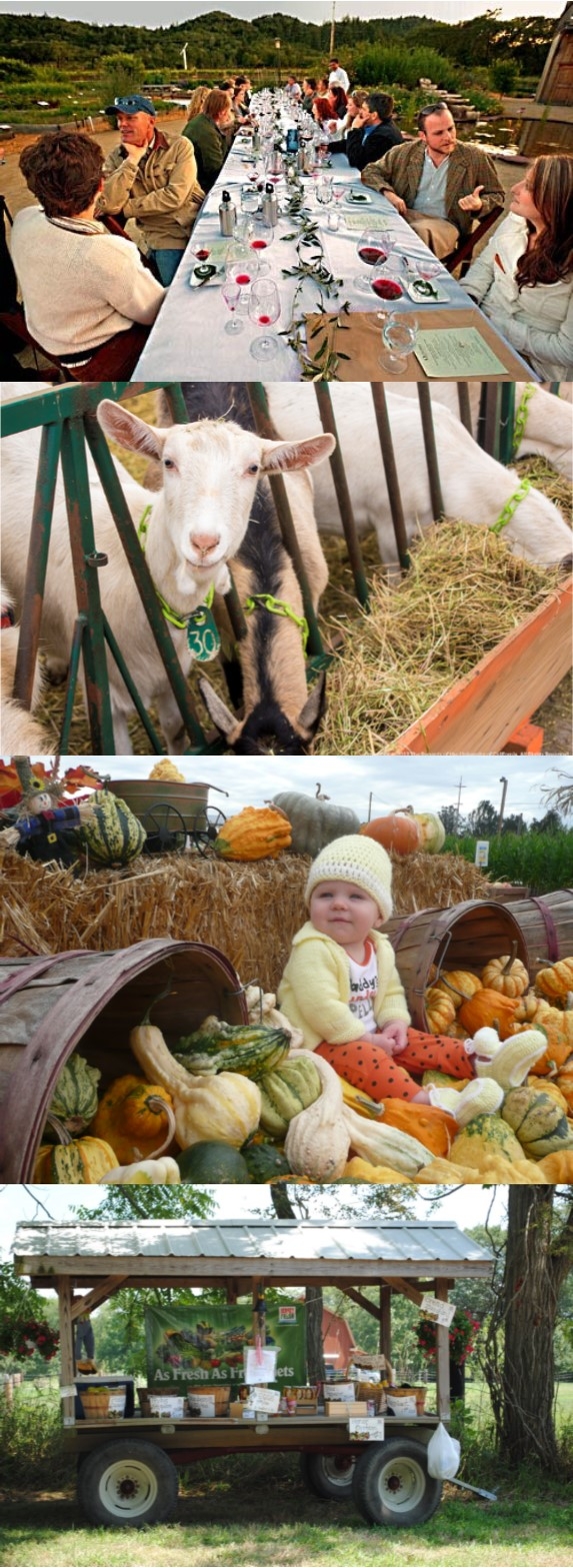
This is great news for operations looking to offer agricultural experiences. Under the ordinance, agricultural experiences can now occur without obtaining a Special Events permit from Permit Sonoma, saving time and money!
What are agricultural experiences? Could they include a tour with an outdoor activity – goat yoga perhaps? Or a farm to table meal? Educational day camp where participants make meals with farm produce? Picnic Day on the farm? Any of those and more are included.
The Rules
This applies only to agriculture zoned parcels (LIA, LEA, DA). If you are not sure, visit Permit Sonoma ActiveMap and input your address. If the zoning is correct, activities must comply with the following:
- Incidental to a primary agricultural use.
- Features agricultural products grown or produced onsite.
- No amplified sound or loud musical instruments, such as horns, drums, or cymbals.
- Occurs during one day between the hours of 10 am and 7 pm. This means it's not a two (or more) day event, it's a one-day event/experience that can occur up to 4 times a month.
- No overnight sleeping accommodations.
- Up to 4 agricultural experiences per month. Note: hikes, tours, and educational seminars without additional activities are not limited.
- Attendees cannot exceed the lesser of the following:
- The maximum number of individuals in a group allowed under the County Health Order for outdoor recreation activity businesses, or for gatherings if outdoor recreation activity businesses are no longer specifically limited; or
- 49 attendees.
- No permanent improvements are necessary to accommodate or support the agricultural experience, such as construction or grading.
- Compliance with environmental health requirements, including those related to food service, porta-toilets, and trash containers, fire and building code requirements, the Department of Alcoholic Beverage Control, and any other applicable requirements.
Additional Considerations
This is a wonderful way to bring customers to your farm and to build your customer base. And an effective way to test out agritourism. Is it for you? If you are new to agritourism, we recommend you consider the following as you plan inviting visitors to your farm:
- Insurance can be expensive but is a necessary protection. Talk to an agent familiar with agritourism.
- Safety of visitors: tripping hazards, aggressive animals, climbing hazards. (See: safeagritourism.org)
- Sanitizing, restrooms, and wash stations; follow guidance from Sonoma County public health officials.
- Your capacity for added activities, along with that of your family members, employees.
To learn more about this ordinance, visit ucanr.edu/AgOrd.
About agritourism: ucanr.edu/AgTour and ucanr.edu/CalAgTour.
Publication: Agritourism and Nature Tourism in California, available for purchase from UCANR catalog.
Contact: Ag Ombuds: klgiov@ucanr.edu
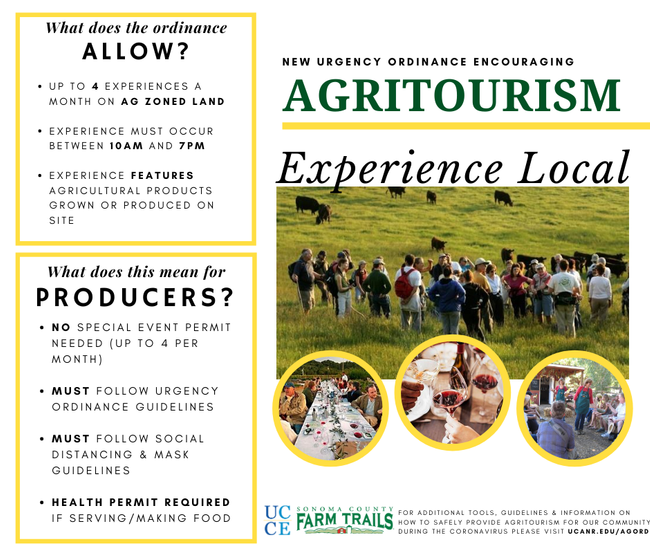
- Author: Randi Black
- Contributor: Karen Giovannini
- Contributor: Maurice Pitesky
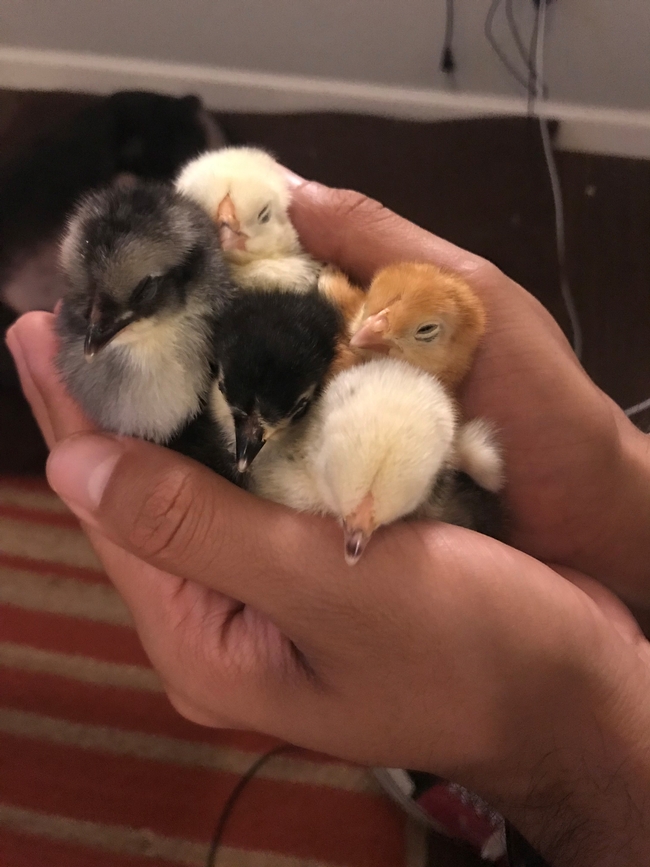
Baby Chicks
Chicks are typically sold as “day-old” chicks from either an online or local supplier. During those first 4 weeks, chicks are considered “baby chicks”, requiring supplemental heat within the brooder. When raised by a hen, chicks pile under the hen for warmth and venture out more as they grow. Providing a brooder lamp will simulate this and keep your chicks warm without the assistance of a hen. Follow the chart to adequately provide warmth to your chicks. Be careful of fire danger when setting up heat lights.
Adolescence
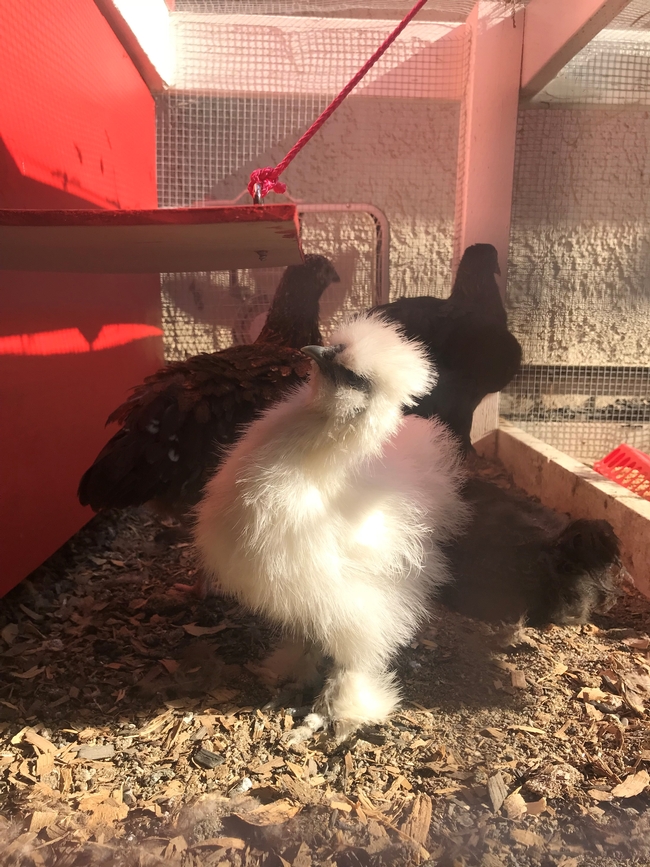
Eggticipation!
Typically, the first egg comes at around 18 weeks of age. Once your layers are churning out eggs, you can expect 5-7 eggs per week per layer, or about 250 eggs per year, depending on breed. Productive breeds include Rhode Island Reds (brown eggs), Plymouth Barred Rocks (brown eggs), White Leghorns (white eggs), and Easter Eggers/Ameraucanas (blue/green eggs). Eggs take 24-26 hours to form, with 20 of those hours devoted to shell formation (See How Chickens Make Eggs infographic below).
The Power of Light
Light is the determinant of the start and end of the laying cycle. When daylight hours reach about 12-14 hours per day, a flock will begin to lay. In the North Bay, you can expect this to occur in early spring. The flip side to this coin occurs when daylight shortens in early fall. Egg production significantly declines when daylight hours fall below 12 hours. Chicks purchased in summer may begin laying in fall, resulting in either a shorter laying cycle or lower production. Adding supplemental light to your coop to produce 14 hours of daylight artificially will help to extend the laying season through the winter and increase egg production.
Daily Care
Water: chickens need plenty of water. Make sure they have clean water available at all times. 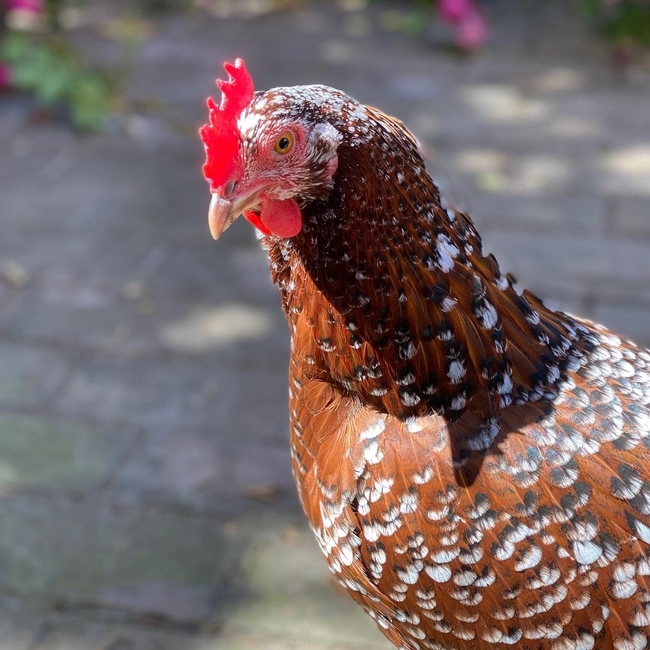
Feed: standard layer mix is fine. Store feed in containers that will discourage scavengers such as mice and rats (e.g. metal can).
Dusting: Chickens love to dust. Dusting is how they clean and with the right ingredients, can prevent ectoparasites. Recommend a dust bathing box (e.g. cat litter box) of diatomaceous earth (DE). Suggested ratio: 1-part DE and 4-parts play sand. This research was done at UCR.
Predators: Recommend having housing that protects your flock from predators, as some predators will try to dig or grab through fencing. Use hardware cloth fencing as the holes in so-called “chicken wire” are too large.
See Backyard Poultry Resources for information to keep your flock happy.
Biosecurity
Biosecurity includes any practice that can reduce the risk of introducing disease to a premises. To be effective, biosecurity must be practiced diligently at all times, without exception, by everyone that comes in contact with the premises.
Diseases can strike poultry and pet birds and can spread quickly, causing significant mortality and economic loss to both backyard and commercial operations. Consequently, all bird owners need to be vigilant.
See Biosecurity for information to keep your flock healthy.
Molting 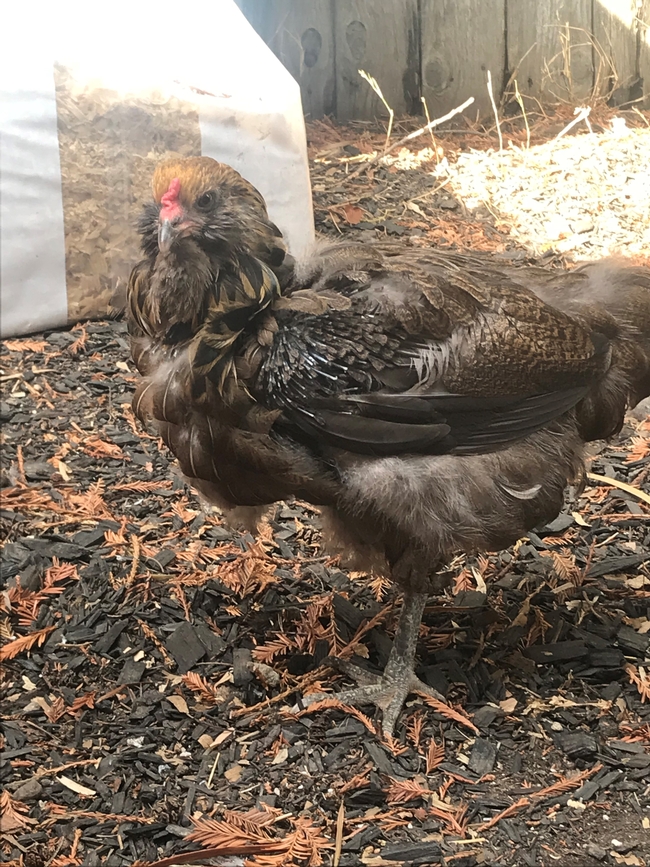 Molting hen
Molting hen

Once hens reach about 18 months, the hen often goes through a molt. This is similarly triggered by shorter daylight hours. The hen will stop laying eggs, as energy is diverted to replacing feathers, and begin to lose her feathers. While the scene isn't pretty, this is an important period for hens to refresh feathers before cooler winter months. For backyard flocks, you can try putting the molters (only) back on chick starter diet to supplement their protein during the molting period.
Retirement
Finally, all good things come to an end. Egg production decreases about 10-20% every year, and, eventually, hens will stop laying entirely. Old hens can act as great fertilizers while still tending to weed and insect control if your coop has room to keep them in the flock. If this is not an option, old hens can be humanely slaughtered and used as meat birds, particularly chicken stew.
If you have additional questions about your new flock, please contactRandi Black: rablack@ucanr.edu.
A wealth of poultry resources can also be found at UCANR's Poultry page.
- Author: IPM Program
- Contributor: Karen Giovannini
Author: UC Integrated Pest Management Program
Have you had unexpected seeds show up in the mail? Unknown seeds could be invasive plants, contain invasive insects, or have plant disease causing agents. Here's what the United States Department of Agriculture Animal Plant and Health Inspection Service (USDA APHIS) has to say about it. APHIS Stakeholder Announcement July 28, 2020 (Language from their website)
USDA Investigates Packages of Unsolicited Seeds
USDA is aware that people across the country have received suspicious, unsolicited packages of seed that appear to be coming from China. USDA's Animal and Plant Health Inspection Service (APHIS) is working closely with the Department of Homeland Security's Customs and Border Protection, other federal agencies, and State departments of agriculture to investigate the situation.
At this time, [USDA does not] have any evidence indicating this is something other than a “brushing scam” where people receive unsolicited items from a seller who then posts false customer reviews to boost sales. USDA is currently collecting seed packages from recipients and will test their contents and determine if they contain anything that could be of concern to U.S. agriculture or the environment.
USDA is committed to preventing the unlawful entry of prohibited seeds and protecting U.S. agriculture from invasive pests and noxious weeds. Visit the APHIS' website to learn more about USDA's efforts to stop agricultural smuggling and promote trade compliance.
What to do with the Seeds
Do NOT plant or dispose of these seeds!
Please hold onto the seeds and packaging, including the mailing label.
In Sonoma County
Anyone who receives an unsolicited package of seeds can drop the seeds and packaging off in the Drop Box at the Agriculture Department, 133 Aviation Blvd, Santa Rosa CA 95403 or contact the department:
- SonomaAg@Sonoma-County.org
- 707-565-2371
Other Counties
Contact your County Agriculture Commissioners office.
Best Practices: do not plant seeds from unknown origins
